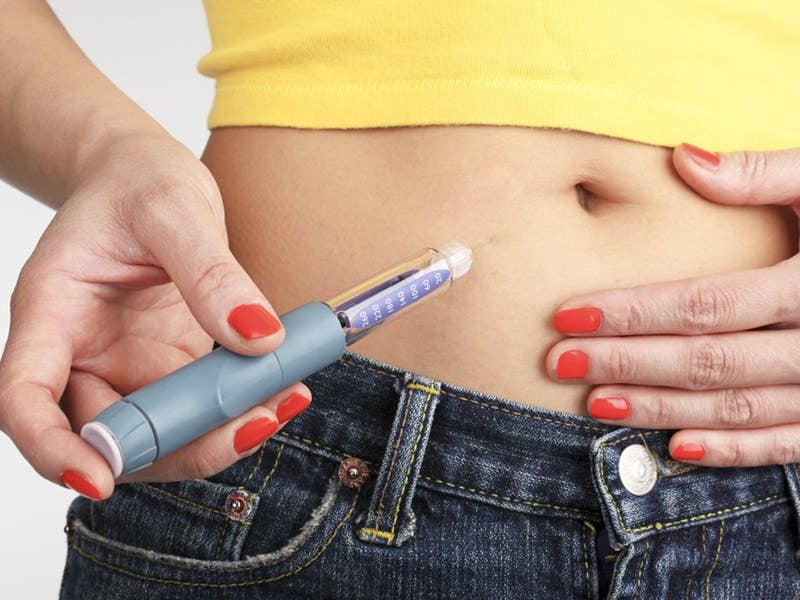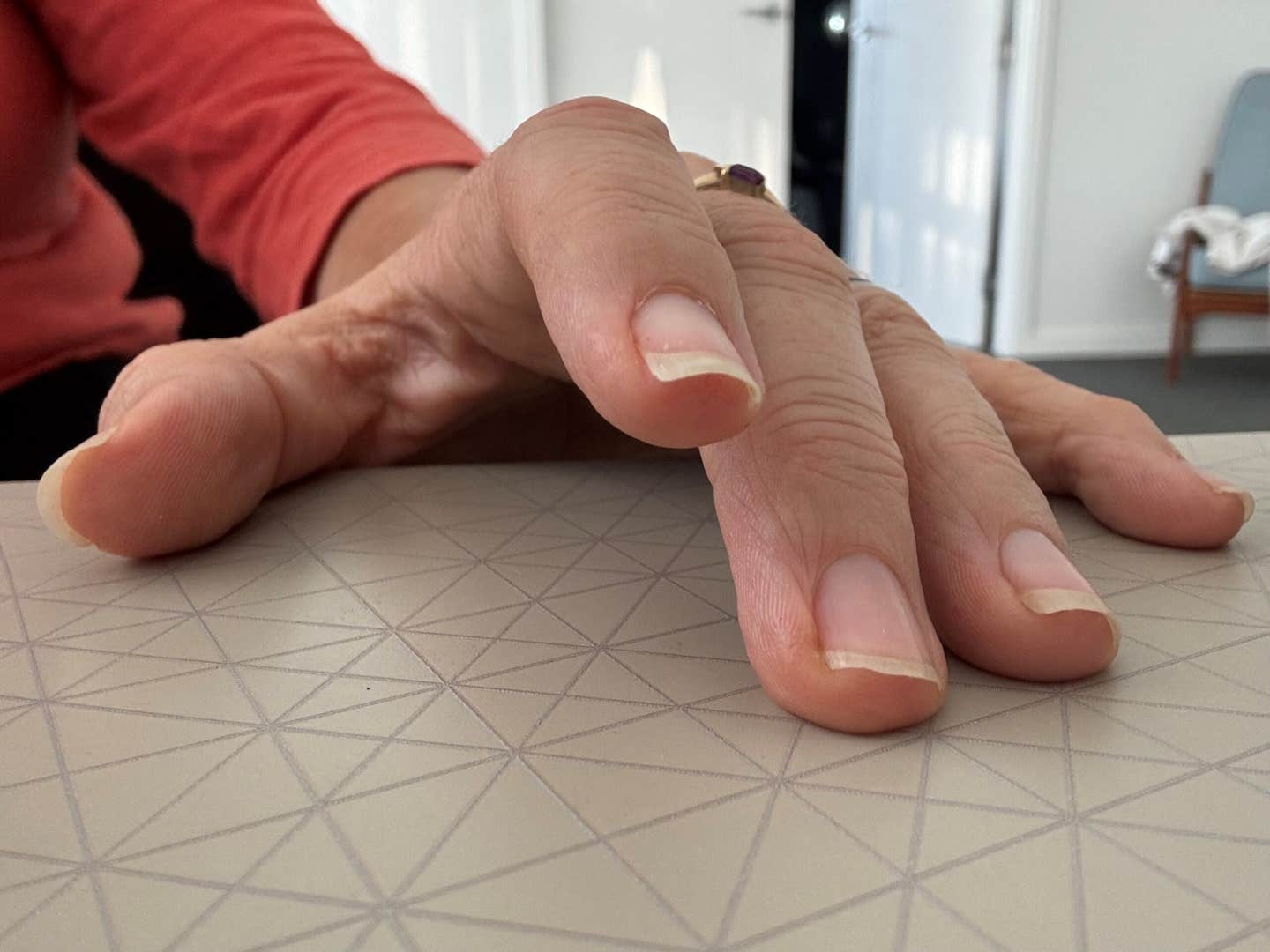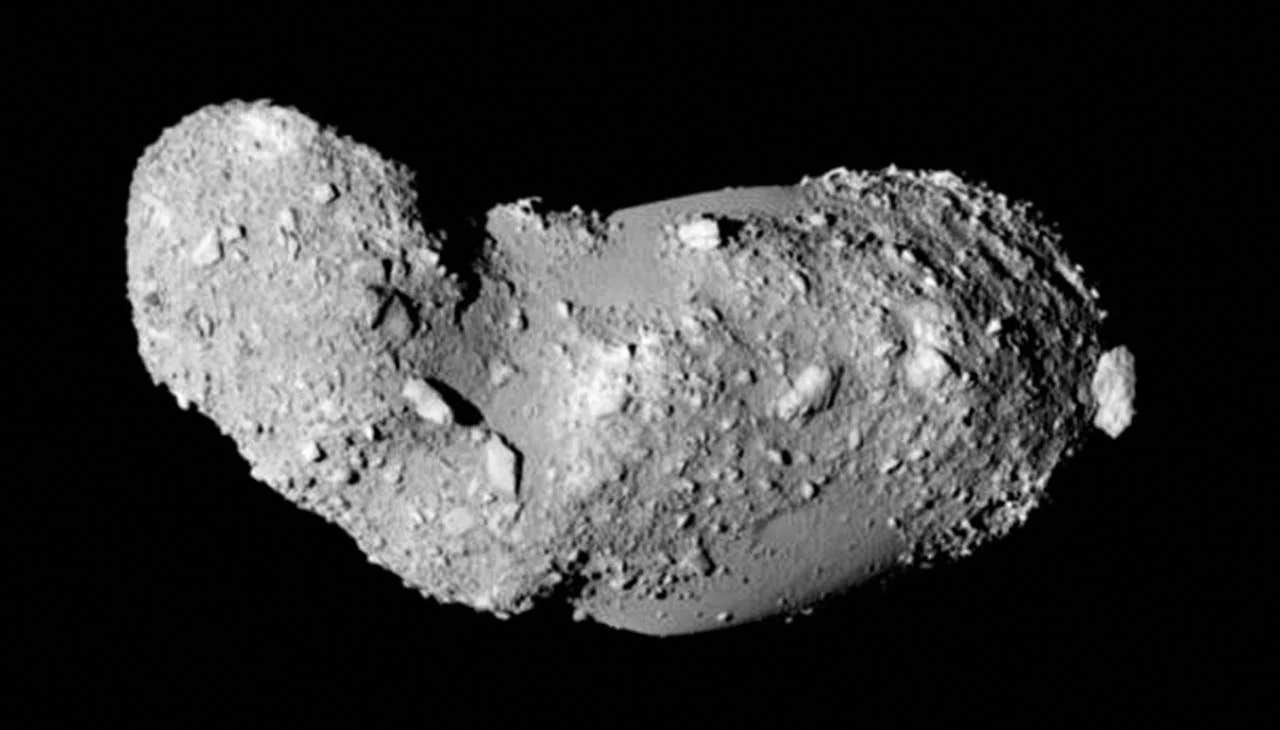New protein discovery replaces insulin for diabetics
Scientists in Geneva discovered that a small protein, S100A9, could reduce insulin needs and prevent diabetic ketoacidosis

S100A9 protein may reduce insulin needs and prevent deadly diabetic ketoacidosis. (CREDIT: Shutterstock Images)
In the search for better ways to treat diabetes, researchers at the University of Geneva have uncovered a promising new approach that could reshape how this disease is managed. At the center of their discovery is a protein called S100A9, which has been shown to reduce dangerous levels of ketones in the blood—without relying on insulin.
For people living with type 1 diabetes or those with severe insulin deficiency, life depends on daily injections of insulin. While insulin therapy has saved millions of lives, it’s far from perfect. It’s difficult to dose, can cause serious side effects, and often leads to complications like hypoglycemia or diabetic ketoacidosis (DKA), a life-threatening condition. Researchers at the University of Geneva are now working on a treatment that could support or even replace insulin in some cases.
Understanding the Body’s Ketone System
Normally, your body creates ketones as a backup energy source during long periods without food. This process—called ketogenesis—happens in liver cells called hepatocytes. It turns fat into ketone bodies like acetoacetate and β-hydroxybutyrate. These molecules travel through the blood and help fuel other tissues in the body, including the brain and muscles.
Under healthy conditions, this is a survival mechanism. But when the body lacks insulin, as in type 1 diabetes, ketogenesis can spiral out of control. The blood turns too acidic, which leads to DKA. Each year, between 2–4% of people with type 1 diabetes end up in the hospital with DKA, and these emergencies can be deadly if not treated quickly.
For decades, the only reliable way to suppress excess ketones was through insulin. But insulin carries its own risks. Too much can lead to low blood sugar. Over time, it can damage fat metabolism and increase cholesterol levels. Insulin-dependent diabetics also tend to live 10 to 15 years less than the average person.
A New Player: S100A9
Professor Roberto Coppari and his team have spent over ten years exploring how the body might survive without insulin. In 2019, they found a protein—S100A9—that could do something remarkable: it improved blood sugar, ketone levels, and lipid profiles in diabetic mice, all without insulin. More importantly, it didn’t trigger dangerous side effects.
Related Stories
To understand how this worked, researchers first had to uncover the exact pathway S100A9 followed. They found that the protein doesn’t enter liver cells directly. Instead, it works from the outside, activating a receptor called Toll-like receptor 4 (TLR4), which sits on the surface of certain non-parenchymal cells in the liver. This activation leads to stimulation of a protein complex called mTORC1, which ultimately reduces ketone production.
This pathway offered several key advantages. It’s independent of insulin, doesn’t cause inflammation (despite TLR4’s usual role in triggering immune responses), and may even offer anti-inflammatory benefits.
These discoveries were detailed in a Nature Communications study, where Giorgio Ramadori, a lead author and senior lecturer at the University of Geneva Faculty of Medicine, helped guide the research.
“TLR4 activation in the liver controls the production of ketones,” explained Gloria Ursino, a postdoctoral fellow and first author of the study. “But this activation process does not trigger inflammation, whereas TLR4 is usually pro-inflammatory. The S100A9-TLR4 dialogue therefore seems to act as a totally unexpected anti-inflammatory drug.”
Targeting Dangerous Ketone Spikes
When diabetic people arrive at the emergency room with severe insulin deficiency, doctors can detect a small natural rise in S100A9 levels in their blood. But this increase is not strong enough to control the ketone surge. That’s where additional doses of the protein could help. The idea is to supplement this protein with a subcutaneous injection of a lab-made version—recombinant S100A9.
This approach has been tested in diabetic mice, and the results were promising. The protein reduced ketone levels and improved blood sugar without triggering hypoglycemia. In fact, even mice missing insulin-producing cells lived longer when treated with S100A9.
Now, with CHF 2.5 million in funding from the Helmsley Charitable Trust, Ramadori and his team are preparing for clinical trials. This grant will help finish preclinical studies and support the application process for human testing in 2025.
“The Helmsley Charitable Trust is not only accelerating the progress of our project, but also broadening its scope and impact,” said Ramadori. “Beyond the financial support, it reflects a shared commitment to advancing medical knowledge and, more importantly, improving the lives of people affected by type 1 diabetes.”
Rethinking Insulin Therapy
Current diabetes research has mainly focused on improving insulin sensitivity—how the body responds to the hormone. But this approach still relies on insulin, along with all its risks. S100A9 works differently. It doesn’t boost insulin or help the body respond to it. Instead, it bypasses insulin entirely, opening a new door for treatment.
“There have been other drugs that helped insulin work better,” said Coppari. “But this just meant patients could use smaller doses. The risks didn’t go away.”
S100A9 may reduce the body’s reliance on insulin altogether. Researchers plan to test it first in combination with low doses of insulin. However, in some cases, it could one day be used alone. That would be especially helpful for people who can’t produce insulin at all, like those who’ve had their pancreas removed or who have severe forms of type 2 diabetes.
The Bigger Picture
Besides helping manage diabetes, the S100A9 pathway may hold benefits for other conditions involving inflammation or poor metabolism. Because it works without triggering the body’s inflammatory alarms, it might offer a safer way to manage energy balance in many diseases.
To push this innovation forward, Coppari and Ramadori have founded Diatheris, a startup company based in Geneva. Supported by the university’s technology transfer office, UNITEC, and FONGIT, which backs new technologies in the region, the company aims to develop S100A9 into a real-world therapy.
The researchers’ work could mark a turning point in the management of type 1 diabetes. Instead of relying on a century-old treatment with known risks, people could one day control their condition with a safer, more stable option. And with clinical trials on the horizon, that future may be closer than expected.
Note: The article above provided above by The Brighter Side of News.
Like these kind of feel good stories? Get The Brighter Side of News' newsletter.
Joseph Shavit
Head Science News Writer | Communicating Innovation & Discovery
Based in Los Angeles, Joseph Shavit is an accomplished science journalist, head science news writer and co-founder at The Brighter Side of News, where he translates cutting-edge discoveries into compelling stories for a broad audience. With a strong background spanning science, business, product management, media leadership, and entrepreneurship, Joseph brings a unique perspective to science communication. His expertise allows him to uncover the intersection of technological advancements and market potential, shedding light on how groundbreaking research evolves into transformative products and industries.



